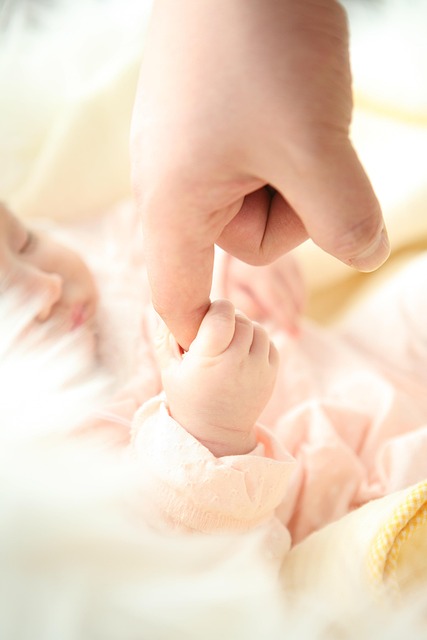Abstract: Over the years, I’ve closely observed children and have come to some intriguing conclusions regarding their adult counterparts. This exploration suggests that adults are fundamentally similar to children, albeit taller.
Hypothesis: Adults mirror the behaviors of children, with the distinction of height. Previous studies, including Buzzfeed’s humorous take on children as “tiny drunk people,” have highlighted this idea, but I propose that the comparison leans more toward the adult experience.
Supporting Evidence:
-
Child Scenario: A child plays with a toy until bored, only to become possessive when another child shows interest.
Adult Scenario: A woman dates a man, then loses interest, only to want him back when another woman shows interest. “I want him back! He was mine first!” This behavior is perfectly relatable. -
Child Scenario: One child begins to cry, prompting a chain reaction among others, often without understanding the reason for their tears.
Adult Scenario: Consider the viral internet memes—everyone shares a particular post, like a photo of a dress, simply to avoid being left out. It’s a phenomenon of collective behavior. -
Child Scenario: A child whines when things don’t go their way, leading to a stalemate of complaints.
Adult Scenario: This scenario is akin to political gridlock in Congress, where progress halts due to incessant whining. -
Child Scenario: Children often seek attention through silly antics, from dancing to singing loudly.
Adult Scenario: Shows like The Kardashians and reality TV thrive on similar attention-seeking behaviors, confirming that adults still crave the spotlight. -
Child Scenario: A child yells in anger, displaying unacceptable behavior.
Adult Scenario: Conversely, an adult might yell at a child for their outburst, justifying the anger as the child’s fault. -
Child Scenario: Two children settle disputes with physical aggression, like pinching or biting.
Adult Scenario: Men often resort to conflicts over trivial matters, mirroring this juvenile method of resolving disagreements. -
Child Scenario: Children insult each other with playful name-calling.
Adult Scenario: Women may engage in similar behavior, albeit more subtly, often through backhanded compliments or gossip. -
Child Scenario: A child persuades a grandparent to buy them something after being denied by their parents.
Adult Scenario: Again, Congress serves as an apt parallel, where manipulation is a common tactic to achieve desired outcomes. -
Child Scenario: When instructed to clean, children often procrastinate and play instead.
Adult Scenario: This behavior can be observed in retail environments, where employees delay work until management is absent. -
Child Scenario: A child struggles with impulse control, often choosing immediate gratification over delayed reward.
Adult Scenario: This reflects personal challenges with dieting—“Just give me the cupcake already!”
Conclusion:
Despite the numerous examples that could be presented, it suffices to say that adults often exhibit behaviors reminiscent of childhood. The illusion of maturity is thin, easily disrupted when basic needs are unmet. Therefore, we must remember that adults are essentially taller versions of children, equipped with more refined motor skills and larger vocabularies—most of the time. Understanding this can foster more empathy in our interactions with children.
For those interested in exploring home insemination, this is one of our other blog posts on the topic here. You can find an authoritative guide on home insemination here, which provides valuable information. Additionally, this resource offers excellent insights into pregnancy and home insemination.
Summary:
Adults, while appearing grown-up, often display childlike behaviors similar to those of children. From attention-seeking antics to impulsive decisions, the parallels are striking. Recognizing these similarities can enhance our understanding of both children and adults.
Keyphrase: Adult Behavior Like Children
Tags: [“home insemination kit”, “home insemination syringe”, “self insemination”]
